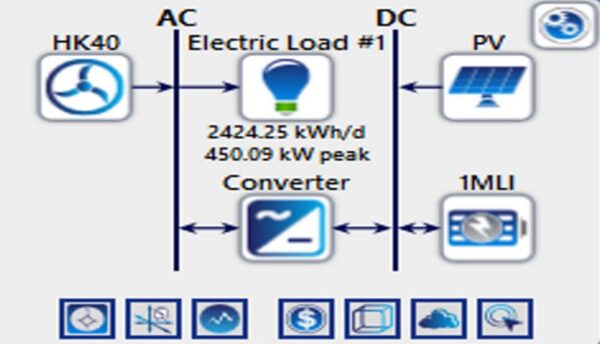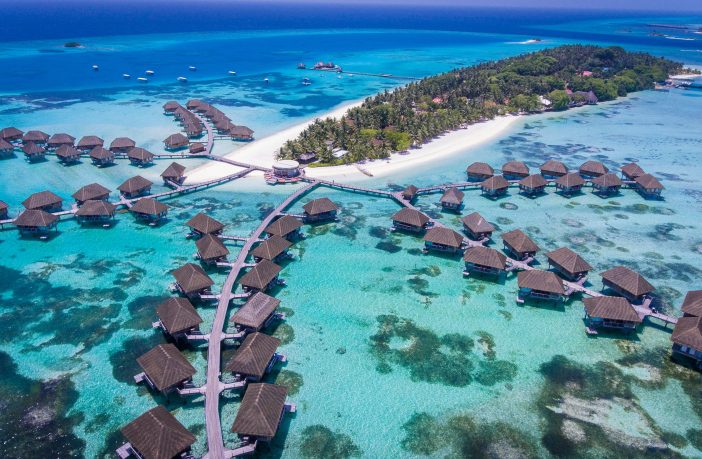- Researchers from India’s NMIMS Deemed-to-be-University have designed a hybrid renewable energy system based on photovoltaics and tidal energy.
- They claim the system may cover the entire electricity demand of island resorts.
The scientists proposed to utilize their multi-renewable energy system, which also relies on battery storage, for the Hurawalhi Island Resort, in the Maldives. “The reason to consider the solar-tidal system is that the Maldives has an excellent clearness index and tidal range,” they specified.
Based on their assessment using NREL’s HOMER software, the academics analyzed all potential system configurations and then arranged the systems according to the best variable. They assumed the peak load demand of the Hurawalhi Resort to be 451 kW, with the average load demand being 101.01 kW. They also assumed the energy system to generate 2424.25 kWh/day.
Under the proposed system configuration, the PV system had a capacity of 664 kW and a levelized cost of energy (LCOE) of 0.0267$/kWh. The system also relies on a 424 kW converter, a 120 kW tidal turbine and batteries with a combined storage capacity of 2,000 kWh.
“The mean output of a solar energy system is 160 KW and 3839 kWh/day, with a capacity factor of 24.1%,” the research group explained, noting that the hours of operation enabled by the solar energy system is 4380 hrs/year.
Furthermore, the mean output of the tidal turbine is 22.5 KW with a capacity factor of 18.8 % and hydrokinetic penetration of 22.3%. The hours of operation are 8760 hrs/year, with a levelized cost of energy (LCOE) of 0.0314$/kwh.

Through their analysis, the scientists also found that the overall system has a net present cost of $1359,438 and an LCOE of 0.1189$/kwh. “The electricity production through the solar and tidal systems is 1401,086 kWh/day and 197,509 kWh/day, respectively,” they further explained. “This is a totally 100 % renewable energy system, where solar and tidal system contribution is 87.6% and 12.4%, respectively.”
They also validated the cost modeling with chaotic particle swarm optimization and cuckoo optimization techniques, concluding that the analysis shows the reliability and ‘maintainability’ of the proposed system. They also warned, however, that the combination of these two technologies requires careful consideration of the local geography, weather patterns, and tidal currents.
“To mitigate this bottleneck, a thorough site assessment should be conducted before designing the system to ensure that the project is economically viable and environmentally sustainable,” they concluded.
The system was introduced in the study “Design, optimization, and data analysis of solar-tidal hybrid renewable energy system for Hurawalhi, Maldives,” published in Cleaner Energy Systems.
Author: Emiliano Bellini
This article was originally published in pv magazine and is republished with permission.















